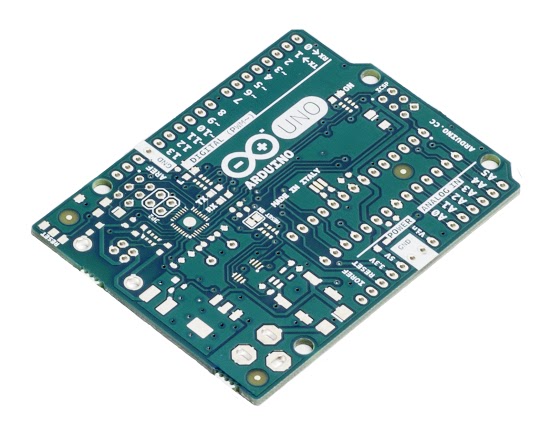The perfect teal, new Arduino silk color and graphics

Last year Massimo Banzi wrote a long post on this blog to explain the genealogy of Arduino. He described how an open-hardware project, designed to lower the barriers to prototyping interactive projects, was able to find its way into economical sustainability and still keep innovating.
He clearly explained what an original Arduino is, and why its cost is a matter of maintaining an open-source ecosystem, and not only of manufacturing and distributing the boards.
He detailed out what ‘counterfeit Arduinos’ are, and why they are harmful to the whole open-source hardware movement. We release Arduino’s hardware design files so that people could make their own versions, but this doesn’t mean manufacturing boards only for profit and pretending to be Arduino.
We don’t release any element of the Arduino brand identity (logo and graphics of the boards), so whoever uses the trademarked Arduino graphics makes a deliberate act of Trademark infringement and prevent us in our effort to guarantee the quality of our products, always replaceable if defective.
We also created a page on our website showing how to spot a counterfeit Arduino.
As you can see at the link, we recently upgraded the page with new pictures as we are entering a new phase: we are redesigning the PCB silkscreens of all Arduino boards, in production in the next few months. As you might imagine, this is going to be a long process as it cannot happen in one night. The new silk will be better counterfeit-proof, and will allow you to recognise an original Arduino just by a quick look.


As you can see in the images above (click on the images for hi-res), we changed some graphic elements of the board and also switched to a different shade of teal.
In the next months we will upgrade the pictures of the boards in the product pages of the Arduino website as they roll out and are distributed around the world. It’s a transitioning phase so stay tuned for more news on the blog!